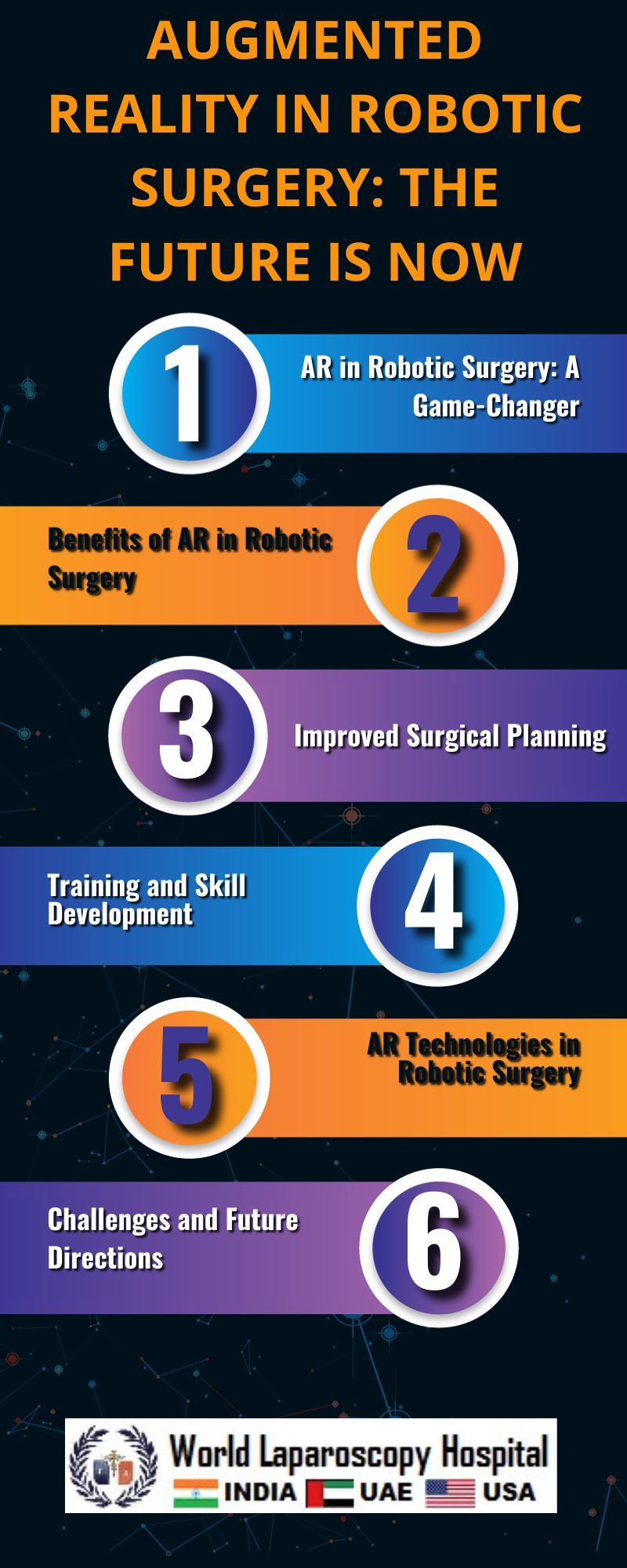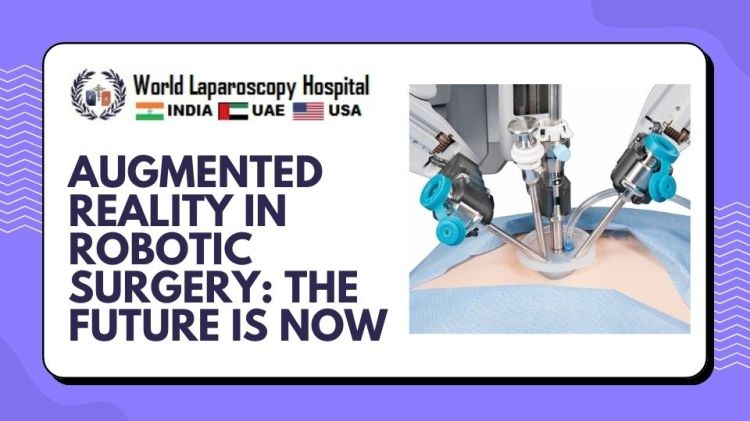Introduction
In the ever-evolving landscape of medical technology, the convergence of robotics and augmented reality (AR) has propelled the field of surgery into a new era. Augmented Reality in robotic surgery is not just a futuristic concept; it is a tangible reality that is reshaping the way surgeons approach complex procedures. This article explores the current state of augmented reality in robotic surgery, its applications, challenges, and the potential it holds for the future of healthcare.

Understanding Augmented Reality in Robotic Surgery
Augmented Reality is a technology that overlays digital information onto the real-world environment. In the context of robotic surgery, this means integrating computer-generated images, data, and visualizations into the surgeon's field of view in real-time. The goal is to enhance the surgeon's perception and decision-making during procedures, ultimately leading to improved patient outcomes.
The Fusion of Robotics and Augmented Reality
Robotic surgery has gained widespread acceptance in recent years due to its precision, minimally invasive nature, and improved dexterity. Augmented Reality takes this a step further by providing surgeons with a comprehensive view of the patient's anatomy and relevant data during the operation. This fusion allows for a more intuitive and informed approach to complex surgeries.
Applications of Augmented Reality in Robotic Surgery
Enhanced Visualization:
One of the primary benefits of AR in robotic surgery is the improved visualization it offers. Surgeons can access detailed 3D reconstructions of the patient's anatomy, enabling better understanding of the surgical site and surrounding structures.
Real-time Navigation:
AR facilitates real-time navigation by superimposing critical information, such as blood vessels and tumors, onto the surgeon's view. This helps in precise navigation through intricate anatomical structures, reducing the risk of errors.
Surgical Planning and Simulation:
Augmented Reality allows surgeons to plan and simulate procedures before entering the operating room. This preoperative rehearsal enhances preparedness, reduces surgery time, and minimizes the likelihood of complications.
Education and Training:
AR is transforming the way surgeons are trained. Medical professionals can now practice and refine their skills in a simulated environment, experiencing realistic surgeries without the need for cadavers. This contributes to a more competent and confident surgical workforce.
Telesurgery:
Augmented Reality enables remote collaboration and guidance during surgeries. Experts can provide real-time assistance to less-experienced surgeons, breaking down geographical barriers and ensuring that patients receive the best possible care.
Challenges and Considerations
While the potential benefits of augmented reality in robotic surgery are evident, several challenges need to be addressed:
Technological Complexity:
Implementing AR in robotic surgery requires sophisticated technology and seamless integration with existing systems. Overcoming technical complexities is crucial for widespread adoption.
Cost Implications:
The initial costs associated with acquiring and implementing AR-enabled robotic surgery systems can be a barrier for many healthcare institutions. However, proponents argue that the long-term benefits may outweigh the initial investment.
Regulatory Hurdles:
The regulatory landscape for medical technologies is often slow to adapt. Establishing clear guidelines and standards for AR in robotic surgery is essential to ensure patient safety and promote innovation.
Training and Skill Acquisition:
While AR facilitates training, there is a learning curve associated with mastering the technology. Surgeons and healthcare professionals need adequate training to harness the full potential of AR in the operating room.
The Future of Augmented Reality in Robotic Surgery
As technology continues to advance, the future of augmented reality in robotic surgery holds immense promise:
Advancements in Hardware and Software: Continued improvements in hardware, such as more ergonomic AR headsets, and sophisticated software algorithms will contribute to a more seamless and user-friendly experience for surgeons.
Integration with Artificial Intelligence (AI):
The integration of AI with augmented reality has the potential to enhance decision-making during surgery. AI algorithms can analyze real-time data and provide valuable insights to surgeons, improving overall efficiency.
Expanded Surgical Applications:
As AR technology matures, its applications in surgery will likely expand beyond current capabilities. This could include more complex procedures and a broader range of medical specialties benefiting from AR-assisted robotic surgery.
Global Accessibility:
Overcoming cost barriers and regulatory challenges will be pivotal in making AR-assisted robotic surgery more accessible globally. This could lead to a democratization of advanced surgical techniques, ensuring patients worldwide have access to cutting-edge medical care.
Conclusion
Augmented Reality in robotic surgery is not a distant vision; it is a transformative force shaping the present and future of healthcare. The synergy of robotics and AR has the potential to redefine surgical practices, providing surgeons with unprecedented insights and patients with safer and more effective procedures. While challenges persist, ongoing technological advancements and a commitment to overcoming hurdles are paving the way for a new era in surgical innovation. As we stand on the cusp of this revolution, the message is clear: the future of robotic surgery is now, augmented and empowered by technology.



